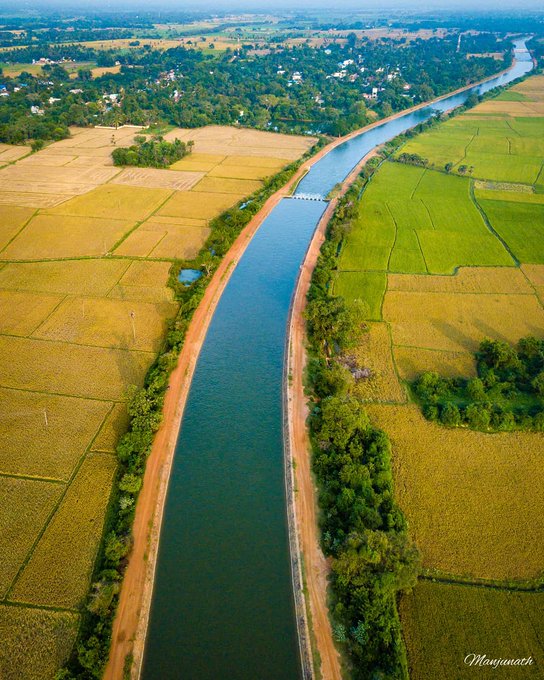The Earliest Known Chess Board & Dice
|
The Earliest Known Chess Board & Dice This ancient chess
board was excavated from Lothal (Gujarat, India). It is the earliest known Chess board in the whole world. It dates back to c.2400 BC. What follows is an excerpt from the published excavation report by the archaeologist SR Rao . . . "The close resemblance between various types of terracotta chessmen excavated from Lothal and modern Chessmen is remarkable. It seems that the Indian game of Chaturanga (Chess) had its origin in one of the Harappan Games. Much valuable information about the various indoor games indulged in by the Harappans is available from the gamesmen, game-boards and dices found at the major Indus cities. A game involving the use of dice was very popular in the Harappan and later times, especially in the time of the Mahabharata war. The Pandava prince is said to have lost everything including his kingdom in a game of dice. An earlier reference to the games is contained in the Rgveda whcih mentions the use of Vibhitika wood for making dice. Lothal has yielded a cubical terracotta dice marked 1 opposite 2, 3 opposite 4, and 5 opposite 6 (Pl. XXXIII C [1]), but normally the Harappan dices are found marked 1 opposite 6, 2 opposite 5, and 3 opposite 4 so as to make the sum of the opposite numbers equal to seven. Although no wooden
game-board has been found in the excavation, the brick from Mohenjo-Daro marked
with squares is presumed to be a model of game-boards. Lothal has also
yielded two models, one made of pottery and the other a brick tablet (Pl.
XXXII D [2])." S.R. Rao, Lothal, p. 112
|












The discovery of the earliest known chess board and dice in Uzbekistan sheds light on the ancient origins of the game. To get good at chess, study its rich history.
ReplyDeleteCould you give the precise title for Rao's excavation report? I can't find this quote in the original paper: "The close resemblance between various types of terracotta chessmen excavated from Lothal and modern Chessmen is remarkable."
ReplyDeleteThank you.
Just found the reference:
ReplyDeleteR.S. Rao. Lothal, a Harappan Port Town, 1955-62, Volume II - Memoirs of the Archaeological Survey of India, No.78.
- Internet Archive (pdf):
https://archive.org/details/masi78lothalaharappanporttownraos.r.part2_531_D/page/n251/mode/2up
- djvu.online (better quality plates): https://djvu.online/file/3LWB7C5vMchCN
The quote is in the chapter "Terracotta Objects", under Gamesmen and Toys:
"The tetrahedrons might represent foot-men in a game of chess, while castles, cones, zoomorphic figures and tetrahedron with ivory figure might have represented other powers such as the king, minister, elephant, horse, chariot, etc. The close resemblance between the various types of terracotta gamesmen from Lothal and modern chessmen is remarkable."
Rao illustrated the resemblance in figure CCXXI at the end of his work, in which he placed the Lothal gamesmen on one half of a modern chessboard to compare them with modern pieces on the other side. Although the quality of the photograph is poor, it is still possible to discern the pieces clearly when viewing the plate in the original edition (djvu file); the resemblance is not only remarkable, it is amazing!